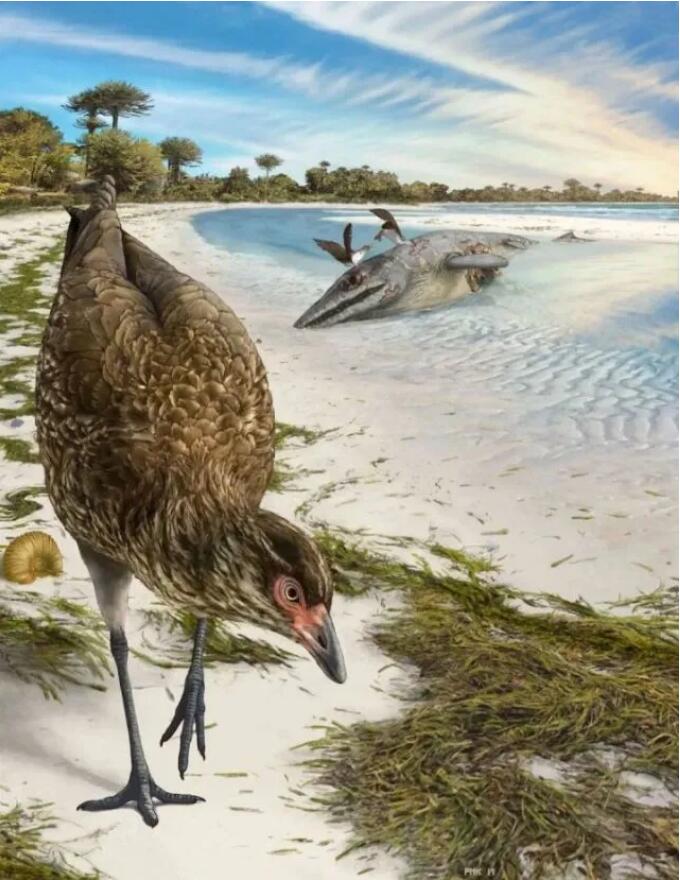Belgium's 'Wonderchicken' Believed to Be Ancestor of Modern Birds
The remains of a small bird are giving scientists a rare look at early ancestors of modern birds. Scientists believe it may be the oldest known fossil from this group of animals.
Researchers are calling the ancient creature "Wonderchicken." They say the fossil dates back to right before an asteroid hit the Earth, killing off dinosaurs and other creatures.
The researchers released a report describing a partridge-sized bird, whose scientific name is Asteriornis maastrichtensis. It lived in coastal wetlands more than 66 million years ago during Earth's Cretaceous Period.
The report appeared this month in Nature magazine.
Daniel Field of Cambridge University was the lead author of the paper. He told The Associated Press that Wonderchicken is "down near the bottom of the modern-bird family tree." He said it had a face like that of today's chicken-like birds and a body like that of a duck.
The fossil was discovered in Belgium. It appeared as a block of broken rocks with some broken leg bones. But imaging equipment showed the remains of the creature's head inside the rock. An earlier reported fossil find from Antarctica is almost as old. But its exact age and place on the evolutionary tree are not clear. Field thinks the Belgian skull is a little older.
The leg bones let researchers estimate the creature was the size of a very small duck, weighing less than 400 grams. Its legs were long and thin, and it could probably fly, Field said.

Researchers think birds developed from small feathered dinosaurs that lived about 150 million years ago. Many birds still had teeth until the asteroid struck some 66 million years ago, leading to the disappearance of three-fourths of Earth's plant and animal species.
Close relatives of Wonderchicken survived this event. And the fossil itself shows qualities that have been suggested as helpful for its survival, Field said. Its legs suggest it did not live in trees, which is important since forests were thought to have been destroyed by wildfires after the asteroid.
"It also probably paid to not be picky about what you are eating," since there wasn't much ... in the aftermath of the asteroid," said Field. The area around Wonderchicken's mouth shows no signs of a specialized diet, he added.
Scientists unconnected to the research are expressing interest in the findings.
Kevin Padian, a paleontologist at the University of California, Berkeley, said the fossil provides the best evidence yet of when and how the earliest ancestors of today's birds evolved.
Genetic studies have suggested that those ancestors appeared tens of millions of years before Wonderchicken, he said. But the fossil record shows no support for that, and there is no known fossil that is clearly from this lineage that predates Wonderchicken, he added.
Julia Clarke is a fossil-bird expert at the University of Texas at Austin. She said the fossil "has a lot of information that can start to add to our picture of the earliest steps" in the spread of living bird species.
Fossils are like pictures taken by a camera, she said. And right now there are few records from this time period that relate to modern-day birds.
"Any new picture is of key importance," said Clarke.
I'm Pete Musto.













